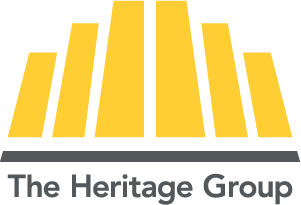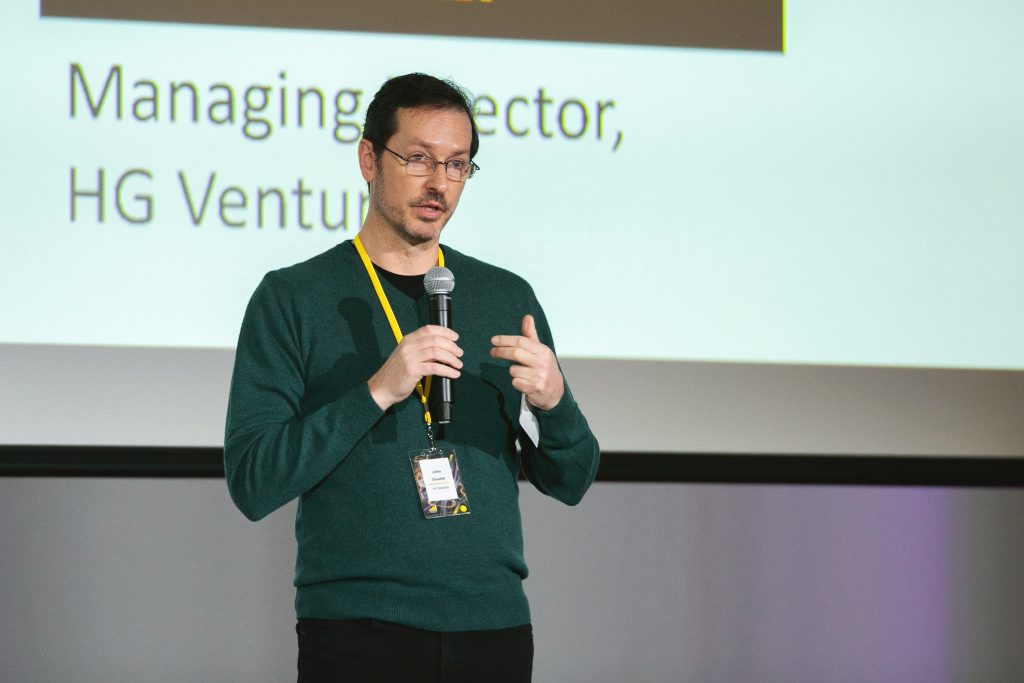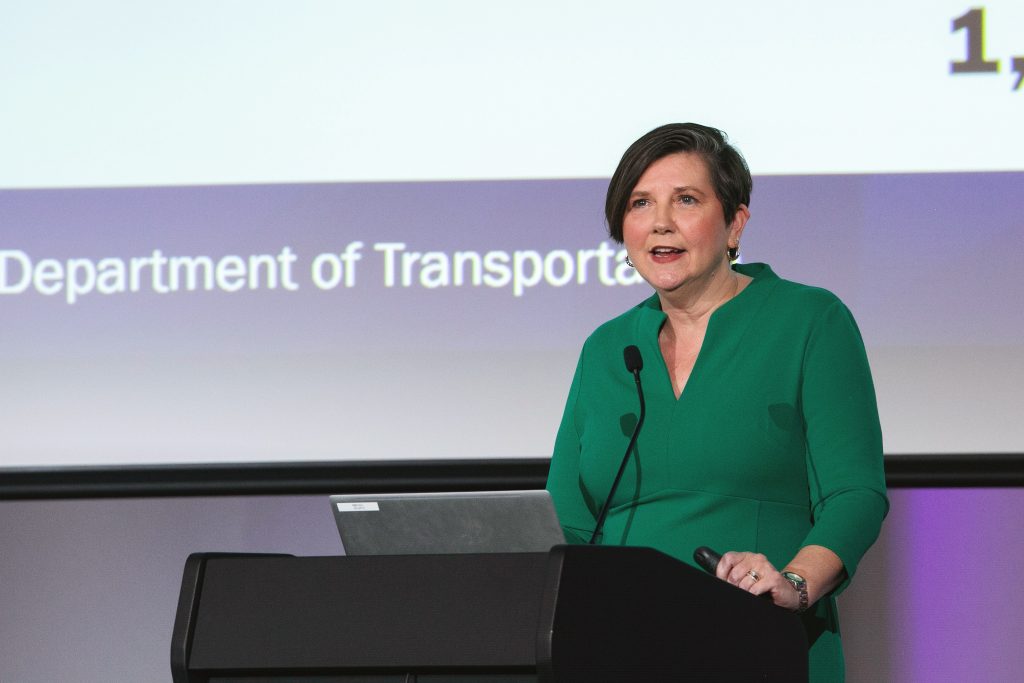Battle Motors, a company transforming the heavy-duty commercial vehicle landscape, has a close partnership with HG Ventures. Following a recent visit to the company’s Ohio production facility, HG Ventures Managing Director, John Glushik, explains what makes this opportunity so special.
At HG Ventures, we often talk about investing in people as much as technology, and that has certainly been the case with Battle Motors. When I first met Mike Patterson, Battle Motors’ CEO, he was already a successful serial founder. So, when he approached us with his vision for a new venture, I was immediately interested. The Heritage Group has always bet on people, and Mike exemplifies the kind of leader we want to support. The values and standards that drive him and his team are consistent with how we do things at The Heritage Group, and it was clear early on that this was a great fit.
Mike saw a unique opportunity: take an existing company, an established refuse vehicle manufacturer, and scale it rapidly by introducing new technologies, unmatched reliability and a growth-oriented team. It was an easy decision to invest in Battle Motors in mid-2021, and as part of the deal, I joined the board. The timing couldn’t have been better.
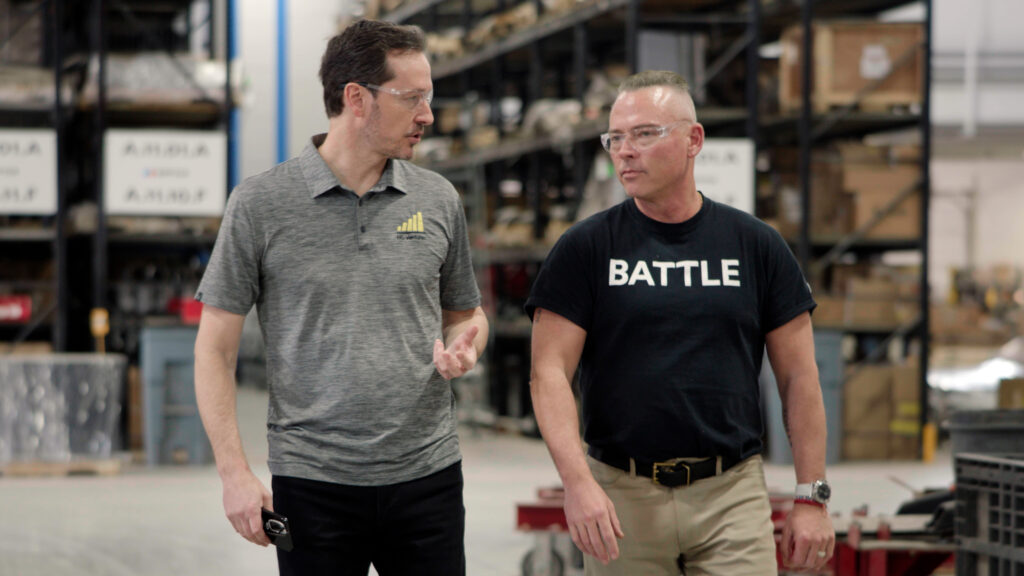
John Glushik, Managing Director of HG Ventures, walks the Battle Motors facility with Mike Patterson
Thoughtful Innovation at the Forefront of the Electrification Revolution
The commercial vehicle industry, and refuse trucks in particular, have been dominated by diesel for decades, and in some areas, there’s been a shift towards compressed natural gas (CNG). However, electrification offers performance-improving technologies for a range of industries. With that in mind, Battle Motors has taken an established vertical in the commercial vehicle space—specifically, refuse trucks—and launched electrified trucks.
You can’t just dive into electrification overnight. It’s an evolution, and at Battle Motors, they’re approaching it thoughtfully. Battle Motors has built a diverse set of products, so customers can evolve into it as they see fit—whether staying with best-in-class diesel, bringing in CNG, mixing technologies or going 100% electric.
Refuse trucks are a perfect application for electric commercial vehicles. With known duty cycles and routes, there’s no range anxiety—something that often holds back electric vehicle adoption. You can send out a truck with a battery that lasts 100 miles on a 20-mile route, and you’ll never have to worry about charging. This predictability also makes it easy for fleet managers to calculate ROI on a vehicle-by-vehicle basis, further strengthening the case for electrification.
Battle Motors’ growth tear isn’t stopping with just refuse trucks, and the company is rapidly expanding into a wide range of heavy-duty commercial vehicles.
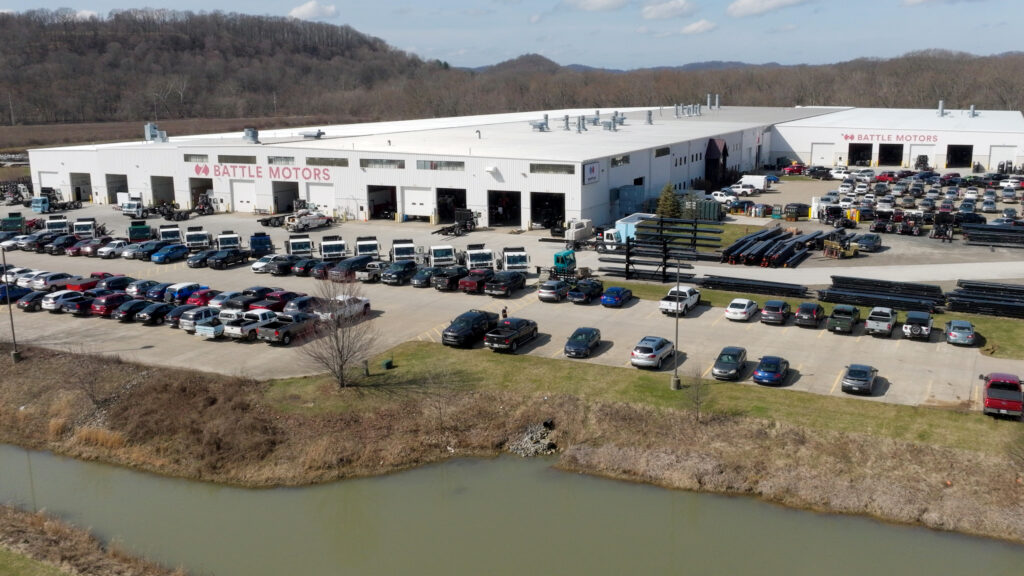
The Battle Motors facility in New Philadelphia, Ohio
Leveraging Existing Relationships
One of the smartest moves Mike made was acquiring and transforming an existing business with established customer relationships, rather than starting from scratch. Battle Motors is the evolution of Crane Carrier Company, a legacy business that had been operating for decades. Through Crane Carrier, Battle Motors already had relationships with most of the major municipalities in the U.S. who were buying diesel trucks along with an established dealer network.
By leveraging these existing relationships, Battle Motors has quickly positioned itself in front of major cities and waste management companies across the country. This has been a key factor in accelerating the company’s growth and ability to gain traction in the market.
A Worthy Investment
The company has expanded the existing Ohio plant and increased production capacity by more than 8X since our original investment, and touring the facility recently was truly exciting. For us, the ideal investment prospect combines many factors, and Battle Motors hits on all of them. It’s a company that embodies what we look achieve with an investment by HG Ventures.
We focus on helping companies with tangible value, and Battle Motors is a prime example of putting that in place. We combine significant venture capital experience—helping build teams, serving as trusted Board members, and helping companies navigate growth challenges—with the unique value that The Heritage Group brings: decades of market expertise, technical knowledge, and strong relationships in key markets.
I’m incredibly honored to be part of a transformation that is set to revolutionize an industry to be more productive and sustainable. I am confident that Battle Motors’ dramatic growth in the commercial vehicle sector will have significant long-term impact, and I am proud we can play a role in that success.
This story was originally reported by HG Ventures and has been republished here with permission.
